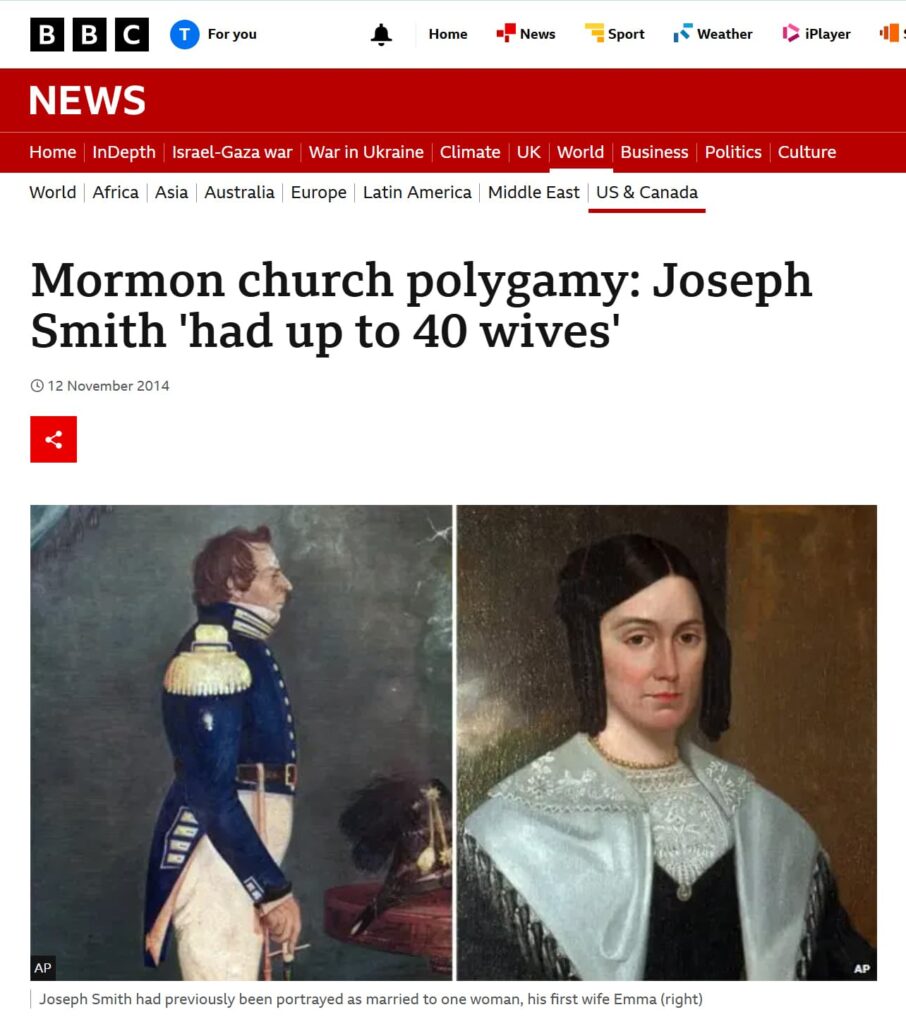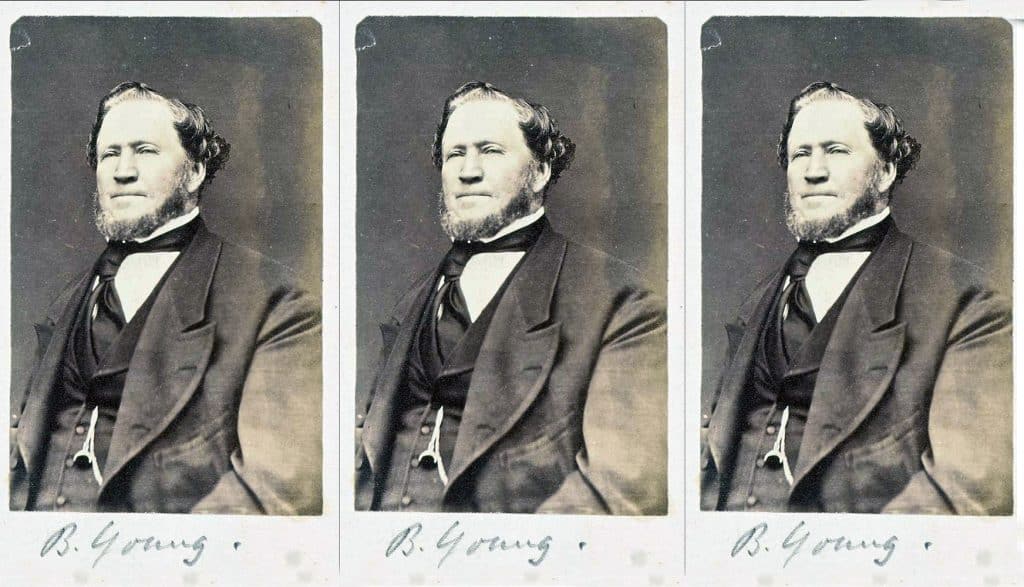In 1914, the Jehovah’s Witnesses were very confident that Jesus would return and the world as we knew it would end. Previous ‘end-times’ predictions for two dates in the 1870s had failed to produce the goods, but thing were going to be different this time.
They were wrong. When the Kingdom did not in any obvious way establish itself, the Jehovah’s Witnesses quietly abandoned the end times part of that prediction. Later, and for a long time, they claimed He had actually returned, and at the stated time. They claimed He’d just wanted to chill in the background a while and get acclimatised before making His big moves.
Decades on, when the Kingdom continued to be a no-show, they abandoned another key prediction: that people alive in 1914 would live to see Christ’s Kingdom on Earth.
End times, gentlemen
Most world religions have a belief in end times. But for the Jehovah’s Witnesses and the Mormons, the idea is particularly front and centre. The events of 1914 were hugely triggering, especially as ‘wars and rumours of wars’ were a key end-time prophecy pointed out in the New Testament.
Ignoring the reality that there are always wars, rumours of wars, earthquakes, signs in the heavens, and all the other things followers are told to look out for, the idea of everyone on Earth burning to death is just so rapturous! For churches and the movies, it’s a draw.
What happened to the membership of the Jehovah’s Witnesses after this failed apocalypse? What happened in 1915? Was there a mass departure to the Methodists? Did they demand their money back? And their birthdays?

Quite the opposite; membership grew from roughly 50,000 in 1914 to nearly nine million today. However, that growth was somewhat challenged in 1975, when their next emphatically predicted end date came and went, again without the Earth being barbecued and the wicked being destroyed. Approximately one million members left. Perhaps, for some, the failed predictions of 1874, 1878, 1914, and finally 1975, followed a sort of ‘three or four strikes and you’re out’ rule. It was clearly the last straw for many, but by no means the majority.
In the years preceding 1975, some members had defaulted on their mortgages, or simply given their money away. Many had taken their kids out of school, believing conventional education had no future. It was a truly seismic non-event, and a major embarrassment as that year passed. Later, all references to the 1975 prediction were removed from teaching material and never mentioned again in The Watchtower. Ironically, anyone joining the Jehovah’s Witnesses after 1975 was more likely to hear about it from a door-knocking Mormon than their own authority figures.
Rewriting history
A religion getting it wrong in real time, then covering it up for subsequent followers, is one thing, but what about when a religion tries to rewrite its own well-documented, widely shared and studied history?
In 2014, the Mormons (The Church of Jesus Christ of Latter-Day Saints) published a ‘revised’ version of its own official history, replacing the longstanding ‘wholesome’ account with a relatively candid admission of deception. The revised Mormon origin story admitted plainly that the founder of the religion, the ‘Prophet’ Joseph Smith, had practiced polygamy. In fact, he’d married many women, possibly as many as 40. This includes some already married to other men, and one 14-year-old girl.

Academics and historians had long known the church had spared its members some significant and rather juicy details. They knew, too, of the numerous conflicting versions of key events. On top of that, they knew that Mormons are trained to distrust and ignore academics and historians. Long before the term ‘Fake News’ was coined, Mormons had learned to chirp the words ‘Anti-Mormon literature’ when confronted with any uncomfortable scholarly study.
It’s easy to persuade your followers not to read academic papers. For this reason, academics and Mormons had remained safely segregated. As a casual observer, you might think: what’s the big deal? I always knew the Mormons practised polygamy. But before 2014, the Mormons were taught that polygamy came later. In the version explained to me at Mormon Sunday School, polygamy was introduced by the church’s second leader-prophet, Brigham Young, not by the courageous founder, Joseph Smith. The reputation of Joseph Smith was beyond reproach. Smith was the golden boy, and in Mormon estimations second only to Christ Himself.

Mormons were taught that Polygamy was practiced out of necessity, after revelation came from God. Also, the poor harried men of the church didn’t want to practise it – but had to obey a direct commandment. The rationalisation commonly given was that there were way more Mormon women than men in the late 1840s and 50s – due to violent persecution. There were many fatherless children. Framed this way, it made enough satisfactory sense, especially if you tried not to think about it again.
I know this to be true
Every month, Mormons are asked to stand in front of their local congregation and testify that their church is the one true church. (Mormons use the word ‘true’ way more than any other group. If you hang around with them it starts to sound like, ‘Chrewww!’)
But here’s the rub. In 2013, you stood in front of your fellow Mormons to swear that you know in your heart what is true. Then suddenly, in 2014, it is not true – even though you were quite certain – and now you have to get up and swear that the new thing is true, and has always been true. And it’s so true it burns like fire in your soul!
It raises obvious issues: imagine it’s 1999 and you are an enthusiastic but inquisitive Mormon. Nothing would shake your faith, but your own studies reveal certain hidden realities. You speak up about these. You’re told to shut up. You refuse to shut up. You are excommunicated from the church and disfellowshipped. Your world falls apart. Your family ostracises you.
Then in 2014 you are vindicated. So what should happen now? Should your membership be restored? Is some compensation due for the mental torment? Will your tearful wife/husband and kids come running back?
For many who decided to leave, it was the 14-year-old wife detail that caused the biggest reputational damage. Commentators estimate around 100,000 Mormons left the church following the 2014 revisions, though the church does not publish membership data. And unless a member expressly demands to be taken off church records, they remain on the books as ‘inactive’ – even if they never go near a church again.
Anecdotally, about a quarter of my own extended family decided to exit. The rest are as faithful as ever. Around 19 million other Mormons were happy enough with whatever the truth is, was, or might become.
Consistent inconsistencies
The ‘when did polygamy start?’ question is just one of many revisions in the new version of Mormon church history. Various topics yet to be clarified include, for example, the four distinct and different versions of the First Vision – the 14-year-old Joseph Smith’s first meeting with God in the woods near his home. It’s something you might have thought he’d remember. But he told various groups and individuals a different version of the story, the details improving and expanding with each telling.
Also not adequately covered in the revision is the well-documented account of Joseph Smith the convicted felon, the smooth-talking fantasist, and the boy who saw visions in his upturned hat revealing the locations of buried gold.
The Mormons no longer need to worry about riding this out. It has already passed, and the hit has been taken. It will be interesting to see if the Mormons do what the Jehovah’s Witnesses did and quietly remove all references to the awkward ‘earlier’ version of Mormon history. Perhaps years from now they will state emphatically that the ‘new’ version was always the one and only version, and censure anyone who refers to the old version.

Leaving faith
The trauma of leaving a religion is a subject of its own. Many of those who left would have spent years trying to rationalise and live with their decision. Thinking about the relatively small proportion of Jehovah’s Witnesses who left after 1975, and the Mormons who left after 2014, it is too simplistic to say the ones who stayed were all happy with that choice.
We might think they were unable to process new information. Many must have stayed despite the awakening jolt to their reality; others stayed despite already having doubts. However, followers can choose to stay or leave for a thousand different reasons. The benefits of a secure community and support network, and a lifetime of shared stories and experience, will often tip the scales in a church’s favour.
For those who do want to leave the Mormon church, or the Jehovah’s Witnesses, there is no end of hard evidence that contradicts their core doctrines. Latching onto this, one can ease oneself away. I experienced it as a feeling of ‘recovering from’ a religion, rather than simply leaving.
And there’s help aplenty in the digital world. YouTube has a trove of material. And there are many websites, like exmormon.org which has actively offered support for the past 30 years.



